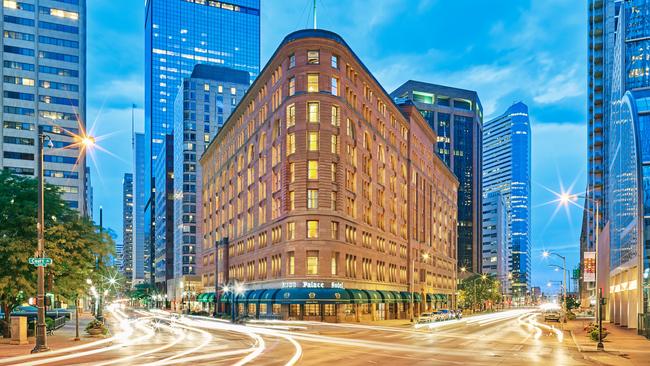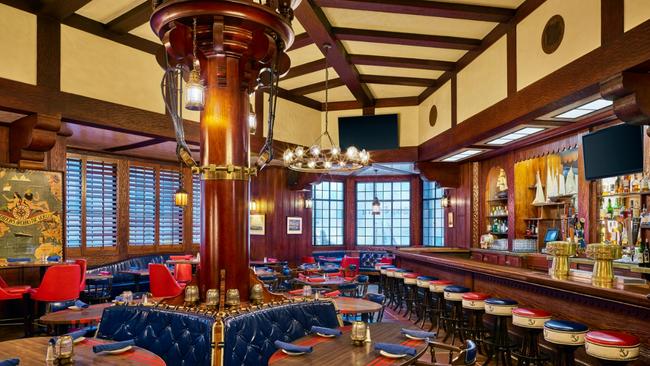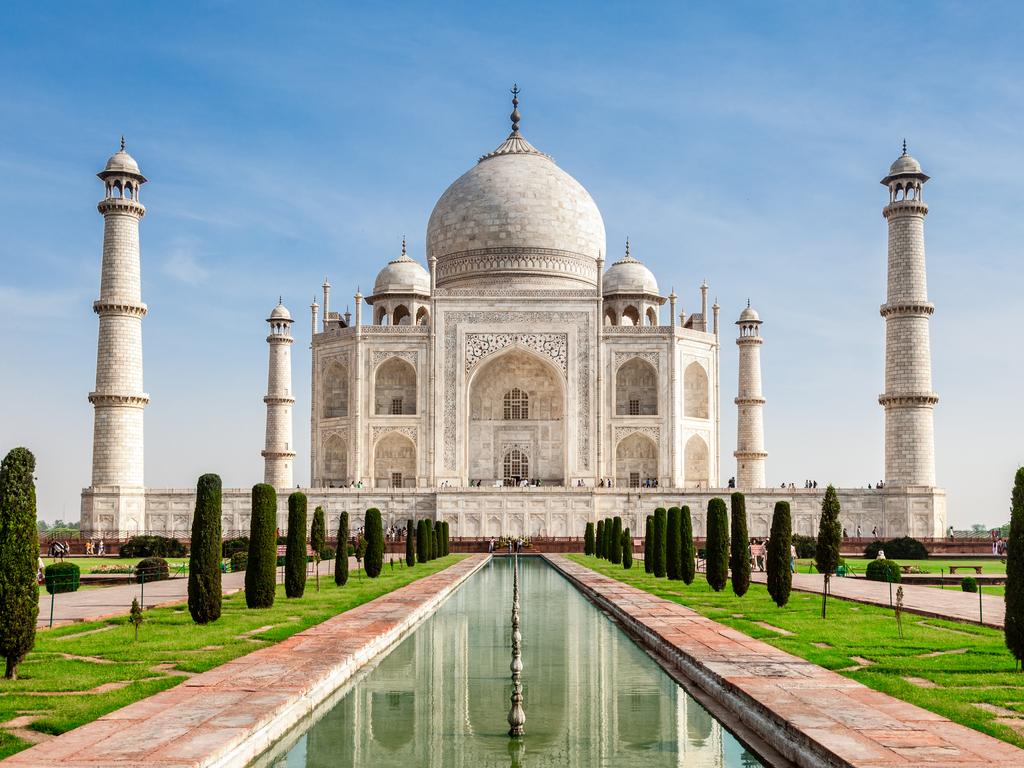The US hotel with presidential pulling power
These grand Colorado lodgings were visited by almost every 20th-century president, not to mention The Beatles.

John Lennon complained about the skinny American-style chips, but overall The Beatles were quite content when they checked in to The Brown Palace, prior to performing their only Colorado concert at Red Rocks Amphitheatre in 1964. President Dwight Eisenhower stayed so often – even using it as his 1952 campaign headquarters – that the hotel became known as the Western White House. President Bill Clinton set up a de-facto Oval Office in the hotel’s Gold Room when Denver hosted the G8 Summit in 1997. In fact, every 20th-century president with the exception of Calvin Coolidge has visited the hotel since it opened in 1892, along with an endless roll call of Hollywood A-listers, royalty, heads of state, business elite and political movers and shakers.

They all would have seen what I do upon checking in: a soaring Italian Renaissance-style atrium lobby of mesmerising beauty. Florentine arches lit by starburst bulbs twinkle on polished, golden onyx stonework. Balconies strung with ornate cast iron railings rise eight storeys to a stunning stained-glass skylight. It’s divine. A very British-looking afternoon tea is being served to guests dressed to the nines. They sip exotic brews (exotic to Americans, anyway) from china cups and pick at tiered cake trays laden with scones and clotted cream, finger sandwiches, sweet pastries and chocolate truffles. I rub my eyes to confirm I’m in Denver, not Devon.

Afternoon tea has been served daily in the atrium lobby since 1986, a relatively new tradition in a hotel that’s nearly as old the city. Designed by architect Frank E. Edbrooke and financed by savvy real estate speculator Henry Brown (at a staggering cost of $2m), The Brown Palace sprang up at the height of Colorado’s silver rush. Clad in Colorado red granite and sandstone, and drawing water from an artesian well 225m below ground, the triangular-shaped building was an architectural and technological wonder, gracing the cover of Scientific American Magazine and expediting Denver maturity from a messy mining camp to a modern city. For decades it sat alongside New York’s Waldorf Hotel as one of the finest in the country.
“This hotel is a repository of memories,” says Debra Faulkner, The Brown Palace’s resident historian, as she leads me on one of her regular tours. “It’s one of the few places in Denver you can find nostalgia, and the ambience of the past.”

Not to mention the actual stuff of the past. The hotel’s former owner, CK Boettcher, travelled to France just after World War II when the country was having a bit of a garage sale. He brought back a haul of Napoleonic-era artifacts, including pistols, sabres, helmets and bridles, which he used to decorate the Palace Arms restaurant. I ponder if guests tucking into their elk chops realise they’re dining under gold eagle standards that graced the parade poles of Napoleon Bonaparte’s troops when he marched to Notre Dame to declare himself emperor in 1804.
Boettcher’s penchant for souvenir shopping also explains why there’s a restaurant called Ship Tavern 1600km from the nearest ocean. After he returned from Cape Cod with a haul of model sailing ships intended for the family home, his wife tactfully suggested he use them to create a nautically themed tavern at the hotel.

Boettcher took the hint, opening the salty saloon when Prohibition ended in 1934. It remains one of the oldest bars in Denver, and certainly the only one with a ship’s mast and crow’s nest supporting the ceiling. I sail in for a fine prime rib steak, served with the sort of fries Lennon would hate. Later that night I court instant lung cancer by poking my head into the Edwardian-styled Churchill Bar, a cosplay old boys’ club with a special licence to allow cigar smoking.
In 2012, the hotel became part of the Marriott Autograph Collection, and in 2020 underwent an at times misguided makeover. The Napoleonic-styled Palace Arms emerged from the reno inexplicably sporting leopard print carpet and Game of Thrones-type chandeliers; Victorian executive suites were dragged kicking and screaming into modern mediocrity.

I’m not sure what to make of my “Top of the Brown” king guestroom. It’s huge, but hugely soulless, with an uninspired scattering of Art Deco and mid-century furniture that can’t fill the space. The empty bar fridge plonked on the floor against a bland wall would look lazy in a Motel 6. In this supposedly grand hotel, it’s simply insulting. Someone should throw it out the window.
The three presidential suites at least have spunk. The Eisenhower Suite is done in Federalist/late colonial style, the Reagan Suite like a California ranch, and the Roosevelt Suite is Edwardian, wrapped in dark wainscoting and hung with wildlife and wilderness paintings. The Beatles Suite once sported a 1960s theme but is now much the same as every other, save for a broken jukebox that used to play Fab Four songs.
It would be a tragedy if this grand hotel became indistinguishable from its sister property the Holiday Inn Express across the street (linked via a covered walkway), but it’s heart-warming to see how much history has been preserved, especially in that wondrous atrium, where you can’t help but be humbled by the things we used to build.

In the know
The Brown Palace Hotel and Spa is on the corner of Broadway, Tremont Place and 17th Street, Denver. Rooms from $US269 ($409) a night. Afternoon tea in the atrium lobby costs $US65 a person (bookings recommended). Hotel tours run every Wednesday, Friday and Saturday at 1pm; $US15.
Ricky French was a guest of Visit Colorado.
If you love to travel, sign up to our free weekly Travel + Luxury newsletter here.



To join the conversation, please log in. Don't have an account? Register
Join the conversation, you are commenting as Logout